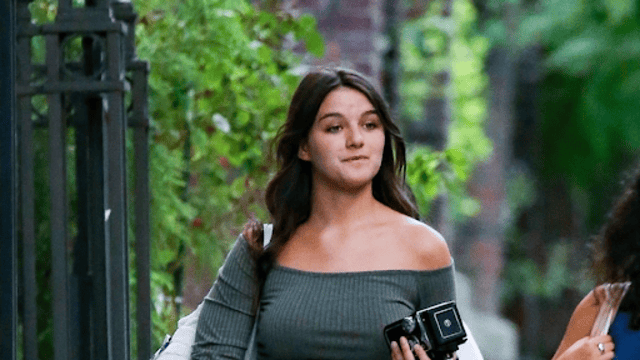
A Halloween clothing swap took place at TOKKI, a second-hand children's store in Toronto, on Sunday, October 6, 2024, as seen in this provided photo. The Canadian Press
As Halloween approaches, many people are choosing to recycle their old costumes, making this festive season more sustainable and cost-effective. Community events focused on costume swapping, recycling, and repairing are becoming popular across the country. Experts say these initiatives are essential to address the excessive consumption and waste that Halloween typically generates.
Oana Branzei, a professor specializing in strategy and sustainability at Western University, highlights the environmental impact of Halloween costumes. She describes them as “the most harmful form of consumption,” primarily due to their composition of various types of polyester and plastic, which are challenging to decompose. Often marketed as single-use items, these costumes frequently end up in landfills after just one wear.
“The materials used are never separated, causing them to remain in landfills for an extended time,” Branzei explained. This accumulation of waste has serious environmental consequences.
In Nova Scotia, a municipality is taking action by organizing a “Costume Fix ‘n’ Swap” event scheduled for later this month. At this gathering, residents can donate unwanted Halloween costumes, pick up gently used ones, and even get help repairing damaged outfits. The event, set for October 19 in East Hants, north of Halifax, aims to promote sustainable practices within the community.
Ciera Robinson, the municipality’s waste compliance officer, noted that around 30,000 tons of textiles are sent to landfills in Nova Scotia each year. She emphasized that this event is a way to divert some of that waste by giving costumes a second life. Attendees will also receive advice on creating budget-friendly costumes from a cosplaying expert.
Synthetic textiles, including polyester, nylon, and acrylic, represent the fifth largest type of plastic waste in Canadian landfills. In 2020 alone, approximately 280 kilotons of synthetic textile products were discarded, according to federal statistics. These materials are prevalent in Halloween costumes and decorations, further contributing to environmental issues.
In Victoria, Rise Consignment, a thrift shop, is hosting its first-ever Halloween costume swap, emphasizing sustainability. A $10 fee will be charged for participation, with all proceeds going to a local youth organization. Rylie Tarry, the store owner, aims to educate people about the wastefulness of Halloween and encourage them to avoid purchasing new plastic costumes. “We want to steer people away from buying new, low-quality items,” Tarry said.
Meanwhile, TOKKI, a Toronto-based second-hand children’s clothing store, held a successful costume swap last week, attracting over 75 kids. This marks the seventh year TOKKI has hosted such an event. Owner Amanda Newman believes that swapping costumes allows families to reuse items from previous years, making it a more affordable and less stressful option.
Branzei hopes that these Halloween costume swaps will spark larger conversations about waste and consumption habits. “This is a lever of change that has immediate impact. The material problems are the costumes, but the underlying issue is our consumption habits,” she said.
As more communities embrace these sustainable practices, the message is clear: by rethinking our Halloween traditions, we can reduce waste and celebrate in a more environmentally friendly way.















